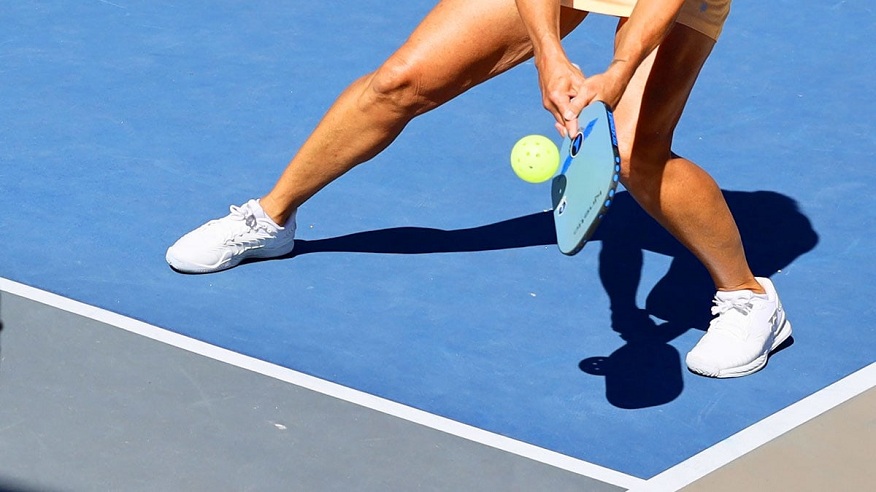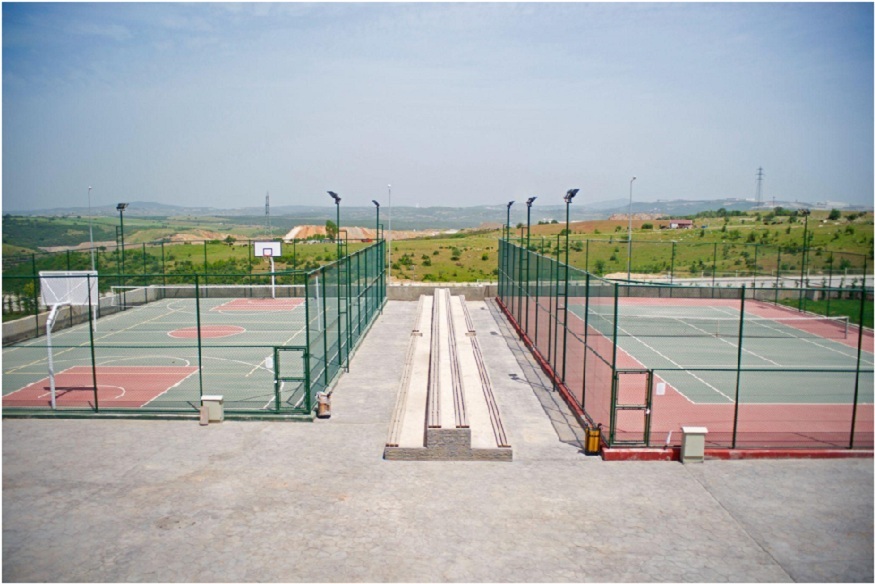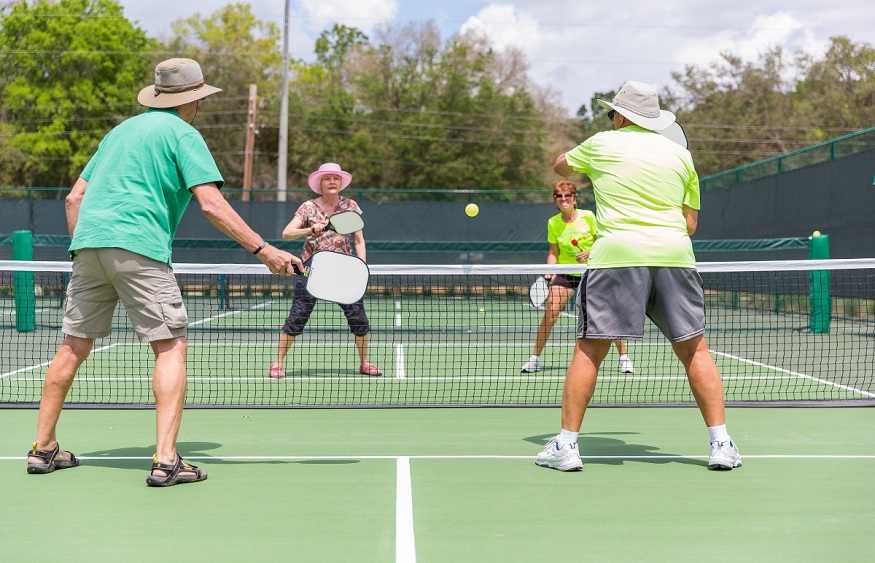
Introduction
Understanding footwork skills is crucial to developing agility, control, and overall court supremacy in the fast-paced sport of Pickleball. Achieving success in this fast-paced game requires a solid mastery of footwork fundamentals, whether it is for the vital split-step or the sideways shuffle. This article explores the nuances of fundamental Pickleball footwork, providing players with thorough instruction and useful advice to improve their abilities and play more effectively on the court.
Understanding the Basics of Pickleball Footwork
A firm grasp of the size of the court and the player’s positioning is the first step towards mastering Pickleball footwork. It entails keeping the proper stance and balance while predicting opponent moves and shots.
Mastering the Sideways Shuffle Technique
A basic footwork skill that helps players move fast and effectively across the breadth of the court is the sideways shuffle. Gaining proficiency with this method is essential to staying in both an attacking and defensive stance during rallies.
Read More: Motives to participate in fantasy cricket online
Perfecting the Split-Step Footwork for Quick Movements
One essential footwork technique that enables players to respond quickly to their opponent’s strikes is the split-step. It involves a slow hop or shuffle that aids players in staying balanced and reacting quickly to shifting game circumstances.
Developing Effective Cross-Step Footwork Strategies
When performing lateral motions, cross-step footwork is a crucial technique for effectively covering ground. It makes it possible for players to move between the court’s two sides with ease, keeping them in a position from which they may successfully block shots.
Exploring the Importance of Pivot Steps in Pickleball
Pivot steps are essential for enabling players to swiftly and steadily modify their location. A player’s ability to adjust to shots and manage the game’s pace can be greatly improved by knowing how to perform pivot steps.
Incorporating Lunge Techniques for Enhanced Reach and Control
A crucial footwork tactic that enables players to reach farther and stay stable while making strong shots is lunging. Gaining proficiency in different lunge tactics might provide players a control and accuracy advantage during high-stakes competition.
Navigating the Court with Backpedaling and Reverse Movements
Maintaining ideal court coverage and defensive positioning requires the ability to backpedal and reverse, two fundamental footwork skills. With the use of these strategies, players may quickly switch from defensive to offensive play in response to aggressive shots.
Applying the Drop Step Technique for Defending the Court
A vital defensive footwork tactic that enables players to respond quickly to shots that force them to retreat backward is the drop step. It lets players withdraw to block strong shots while keeping their composure and balance.
Utilizing the Crossover Step for Smooth Transitions
A useful footwork maneuver that facilitates smooth transitions between forehand and backhand shots is the crossover step. It enables players to execute a wide variety of strokes with control and accuracy while keeping their rhythm and balance.
Implementing the Running Forehand and Backhand Shots
It takes perfect footwork and racquet control to execute running forehand and backhand strokes. In order to successfully chase down shots and keep up their attacking momentum during quick rallies, players must become proficient in these strategies.
Fine-Tuning the Transition from Offense to Defense
Smoothly switching from offensive to defensive play is a skill that calls for precise footwork and placement harmony. In order to stay in control of the game and effectively counter their opponent’s shots, players need to develop their ability to quickly modify their stance and movements.
Enhancing Agility with Effective Recovery Steps
Following shots or movements, recovery steps are crucial for recovering balance and positioning. In order to stay on top of their opponent’s next move and prevent being caught off guard, players need to concentrate on creating quick recovery moves.
Tips for Maintaining Balance and Stability during Play
To hit accurate shots and keep the best possible court coverage, one must maintain stability and balance. In order to improve their general balance and stability during tough Pickleball matches, players should concentrate on strengthening and stretching their core.
Strategies for Minimizing Footwork Mistakes and Errors
Reducing footwork errors and mistakes is crucial to preserving control and consistency on the court. To reduce mistakes and maximize their overall performance, players should concentrate on learning good footwork methods, remaining vigilant, and predicting the moves of their opponents.
Conclusion
In short, players who want to succeed in this exciting and dynamic sport must master the fundamental footwork and movement techniques of Pickleball. Through the comprehension of basic footwork, the improvement of movement tactics, and the application of efficient techniques, players can augment their agility, control, and overall performance in the game. Pickleball fans can improve their skills and enjoy the thrill and competitiveness of this well-liked sport with regular practice and devotion. Developing your Pickleball footwork skills is vital to winning and keeping your competitive advantage in this thrilling sport. A player can improve their game, have a more fulfilling, and rewarding time with Pickleball by mastering the subtleties of each footwork technique and putting them into practice.



